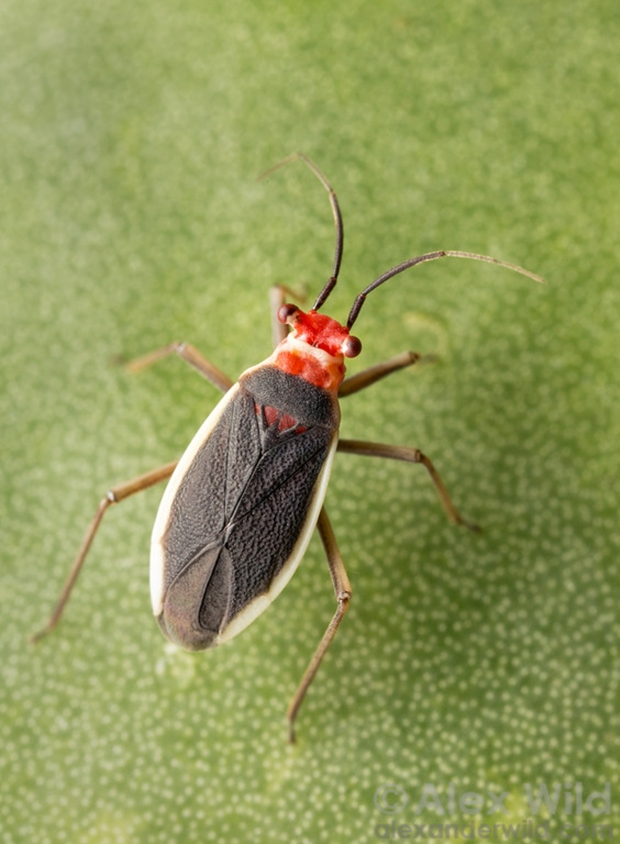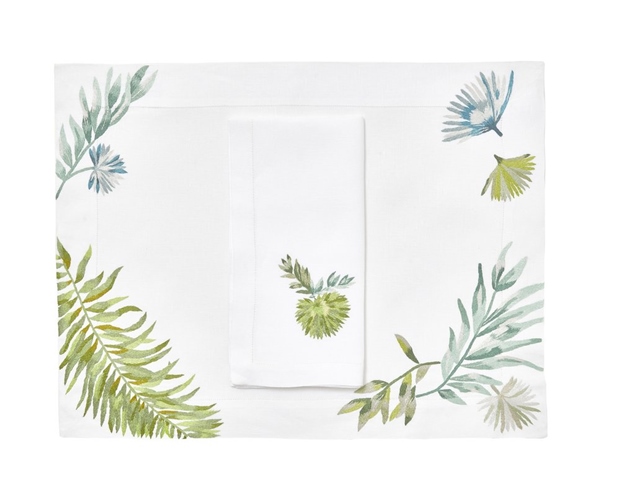Mirabelle's
Coastalicious island dwelling is taking us down
Corsica's scenic roads, then off the beaten track and with a seaview in mind, to those
houses of character, their front door unlocked for a little tour. Pictures of stylish private estates, family holiday hideaways, chic hotels and redesigned houses flock together for an instant breath of Summery inspiration...
DECORATIVE CEILINGS THAT MAKE UP A ROOM:
Sources: Painted ceilings make up a room and leave a lasting statement. Volutes, arabesques and
phantasmagorical flora in splashes of colour steal the show with their
enchanted splendor!
(1-2) Photography by
Fotograficasa, via
(1) Atma Corsica and
(2) Abritel HomeAway of ornate plaster ceilings in
Casa Magna, a
19th century palazzo located in Rogliano, Cap Corse, to the north of the island of Corsica. Historically, artists - Italian for the most part - used to travel the island during the 19th century in order to sell their architectural crafts to churches, mansions,
maisons bourgeoises and the less opulent abodes seeking a touch of sophistication. Decorated ceilings were all the rage for whoever wished to flaunt a little (or more!) wealth.
Casa Magna belongs to a photographic husband and wife duo who, as Fotograficasa, run a week-long
photographic Masterclass yearly and ad-hoc events, artistic or
holistic. Meanwhile you can get a closer look to that ceiling by
renting the house!
PRIVATE SPACES THAT CELEBRATE SOBRIETY IN INTERIOR DESIGN:
Sources: (3-4) photography by François Halard for the
June 2015 edition of
Vogue. Images via
Habitually Chic. The 19th century Corsican holiday home of
Studio KO architects
Karl Fournier and
Olivier Marty has been sensibly restored and updated by skilled craftsmen. Neutral tones dominate the interior, and the traditional red
tomettes got the heritage pale grey treatment. Besides who needs pictures on the walls when the vistas open up to luscious rambling hills and mature gardens?
(5) Part of the prestigious
Relais & Châteaux network, five-star
Hôtel La Signoria is tucked away in the leafy suburbs of the scenic resort of Calvi, and a stone's throw away from Calvi's jewel-in-the-crown of a sandy beach! The hotel was originally an 18th century Genoese private estate, which became a hotel in
1986 and to which were added apartments, suites, villas, swimming pools and a spa.
The restaurant is located within the original house. There is a French
Provençal bastide look to the hotel compound, with ochre and terracotta tones to the façades and mature gardens with a strong Mediterranean accent, complete with palm trees, orange trees and pine trees. Dates, oranges and pinenuts and we would be forgiven for craving some Moroccan delicacy!
(6) A few miles away from Calvi, the disused
Couvent Saint-François d'Oletta had fallen out of sorts and into disrepair. Over ten years ago, love came to the rescue of the Franciscan convent in the name of
Candida Romero, an artist who had fallen for the poetry of the place and its potential, not only for her pursuing of her craft but also doubling up as
a venue for weddings, artist events and film and photo shoots! Pictured is one of the former nun
bedrooms, soberly redecorated, photographed by
Henri del Olmo for
Côté Sud. You are promised to 'sleep like an angel' by the lady owner.
KITCHENS AND FAMILY GATHERINGS:
Sources: (7-8) The convent's
kitchen, photographed by ibid. Granito flooring, repurposed 1950s cabinet and bits and odds never felt so at home than right in here!
LAVISH COUNTRY ESTATES
Sources: (9) Maison Casanova is a 19th century (estimated 1870s)
maison d'Américain tucked away in the hilltops of Sisco, a coastal village in the Cap Corse peninsula that stretches like a pointed finger. Photography via
Airbnb.
In the second half of the 19th century, many established families from
the Cap Corse, incentivised by the Spanish Crown under the
Royal Decree of Graces of 1815 (
Real
Cédula de Gracias), tried their luck and emigrated overseas to the
former Spanish colonies of
Puerto Rico, Mexico and
Venezuela to set up
plantations. Within the timeframe of one generation, the Corsican settlers' hard labour had paid off and most of them had made a small fortune. They would return to Cap Corse, their land of origin, in order to have lavish
neo-classical manor houses and monumental mausolea erected as a way of testifying to their newly-acquired wealth.
GARDEN DETAILS:
Sources: (10) Detail of a fountain cherub spout in Luri, Cap Corse, photography via
Destination Cap Corse.
(11) Opuntia ficus-indica is a prickly detail of note scattered along the Corsican shoreline, that sits at the intersection between introduced cultivar from Mexico and its later escapist adventure into the Corsican
maquis. Photography by
Mirabelle, also featured in our
Club Tropicana feature.
























































